
GUEST POST from Greg Satell
In 2013, a study at Oxford University found that 47% of jobs in the United States are likely to be replaced by robots over the next two decades. As if that doesn’t seem bad enough, Yuval Noah Harari, in his bestselling book Homo Deus, writes that “humans might become militarily and economically useless.” Yeesh! That doesn’t sound good.
Yet today, ten years after the Oxford Study, we are experiencing a serious labor shortage. Even more puzzling is that the shortage is especially acute in manufacturing, where automation is most pervasive. If robots are truly taking over, then why are having trouble finding enough humans to do work that needs being done?
The truth is that automation doesn’t replace jobs, it replaces tasks and when tasks become automated, they largely become commoditized. So while there are significant causes for concern about automation, such as increasing returns to capital amid decreasing returns to labor, the real danger isn’t with automation itself, but what we choose to do with it.
Organisms Are Not Algorithms
Harari’s rationale for humans becoming useless is his assertion that “organisms are algorithms.” Much like a vending machine is programed to respond to buttons, humans and other animals are programed by genetics and evolution to respond to “sensations, emotions and thoughts.” When those particular buttons are pushed, we respond much like a vending machine does.
He gives various data points for this point of view. For example, he describes psychological experiments in which, by monitoring brainwaves, researchers are able to predict actions, such as whether a person will flip a switch, even before he or she is aware of it. He also points out that certain chemicals, such as Ritalin and Prozac, can modify behavior.
Therefore, he continues, free will is an illusion because we don’t choose our urges. Nobody makes a conscious choice to crave chocolate cake or cigarettes any more than we choose whether to be attracted to someone other than our spouse. Those things are a product of our biological programming.
Yet none of this is at all dispositive. While it is true that we don’t choose our urges, we do choose our actions. We can be aware of our urges and still resist them. In fact, we consider developing the ability to resist urges as an integral part of growing up. Mature adults are supposed to resist things like gluttony, adultery and greed.
Revealing And Building
If you believe that organisms are algorithms, it’s easy to see how humans become subservient to machines. As machine learning techniques combine with massive computing power, machines will be able to predict, with great accuracy, which buttons will lead to what actions. Here again, an incomplete picture leads to a spurious conclusion.
In his 1954 essay, The Question Concerning Technology the German philosopher Martin Heidegger sheds some light on these issues. He described technology as akin to art, in that it reveals truths about the nature of the world, brings them forth and puts them to some specific use. In the process, human nature and its capacity for good and evil is also revealed.
He gives the example of a hydroelectric dam, which reveals the energy of a river and puts it to use making electricity. In much the same sense, Mark Zuckerberg did not “build” a social network at Facebook, but took natural human tendencies and channeled them in a particular way. After all, we go online not for bits or electrons, but to connect with each other.
In another essay, Building Dwelling Thinking, Heidegger explains that building also plays an important role, because to build for the world, we first must understand what it means to live in it. Once we understand that Mark Zuckerberg, or anyone else for that matter, is working to manipulate us, we can work to prevent it. In fact, knowing that someone or something seeks to control us gives us an urge to resist. If we’re all algorithms, that’s part of the code.
Social Skills Will Trump Cognitive Skills
All of this is, of course, somewhat speculative. What is striking, however, is the extent to which the opposite of what Harari and other “experts” predict is happening. Not only have greater automation and more powerful machine learning algorithms not led to mass unemployment it has, as noted above, led to a labor shortage. What gives?
To understand what’s going on, consider the legal industry, which is rapidly being automated. Basic activities like legal discovery are now largely done by algorithms. Services like LegalZoom automate basic filings. There are even artificial intelligence systems that can predict the outcome of a court case better than a human can.
So it shouldn’t be surprising that many experts predict gloomy days ahead for lawyers. By now, you can probably predict the punchline. The number of lawyers in the US has increased by 15% since 2008 and it’s not hard to see why. People don’t hire lawyers for their ability to hire cheap associates to do discovery, file basic documents or even, for the most part, to go to trial. In large part, they want someone they can trust to advise them.
The true shift in the legal industry will be from cognitive to social skills. When much of the cognitive heavy lifting can be done by machines, attorneys who can show empathy and build trust will have an advantage over those who depend on their ability to retain large amounts of information and read through lots of documents.
Value Never Disappears, It Just Shifts To Another Place
In 1900, 30 million people in the United States worked as farmers, but by 1990 that number had fallen to under 3 million even as the population more than tripled. So, in a matter of speaking, 90% of American agriculture workers lost their jobs, mostly due to automation. Yet somehow, the twentieth century was seen as an era of unprecedented prosperity.
You can imagine anyone working in agriculture a hundred years ago would be horrified to find that their jobs would vanish over the next century. If you told them that everything would be okay because they could find work as computer scientists, geneticists or digital marketers, they would probably have thought that you were some kind of a nut.
But consider if you told them that instead of working in the fields all day, they could spend that time in a nice office that was cool and dry because of something called “air conditioning,” and that they would have machines that cook meals without needing wood to be chopped and hauled. To sweeten the pot you could tell them that ”work” would mostly consist largely of talking to other people. They may have imagined it as a paradise.
The truth is that value never disappears, it just shifts to another place. That’s why today we have less farmers, but more food and, for better or worse, more lawyers. It is also why it’s highly unlikely that the robots will take over, because we are not algorithms. We have the power to choose.
— Article courtesy of the Digital Tonto blog
— Image credit: Pixabay
![]() Sign up here to join 17,000+ leaders getting Human-Centered Change & Innovation Weekly delivered to their inbox every week.
Sign up here to join 17,000+ leaders getting Human-Centered Change & Innovation Weekly delivered to their inbox every week.
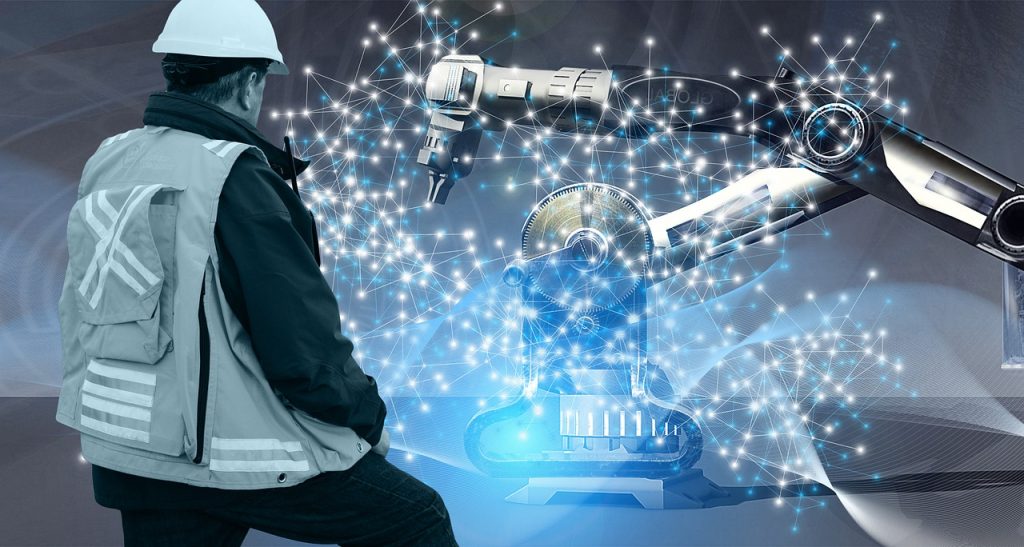
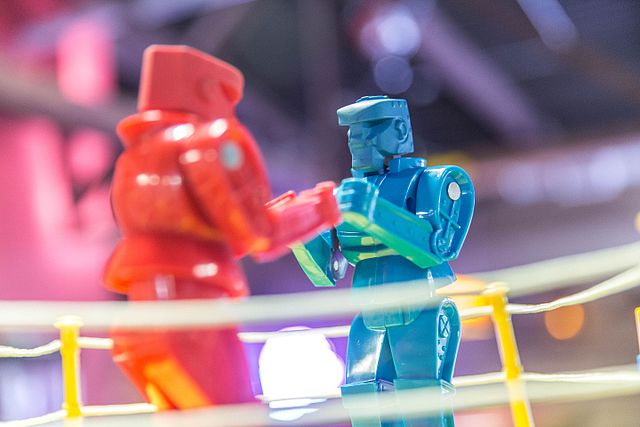
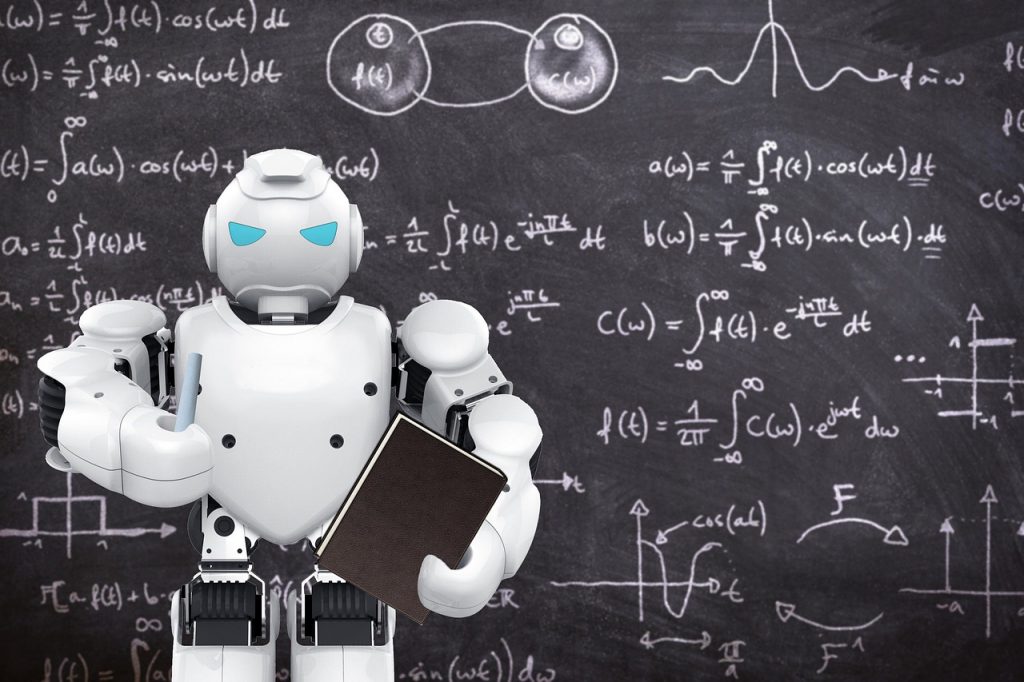
 I am proud to bring you a
I am proud to bring you a 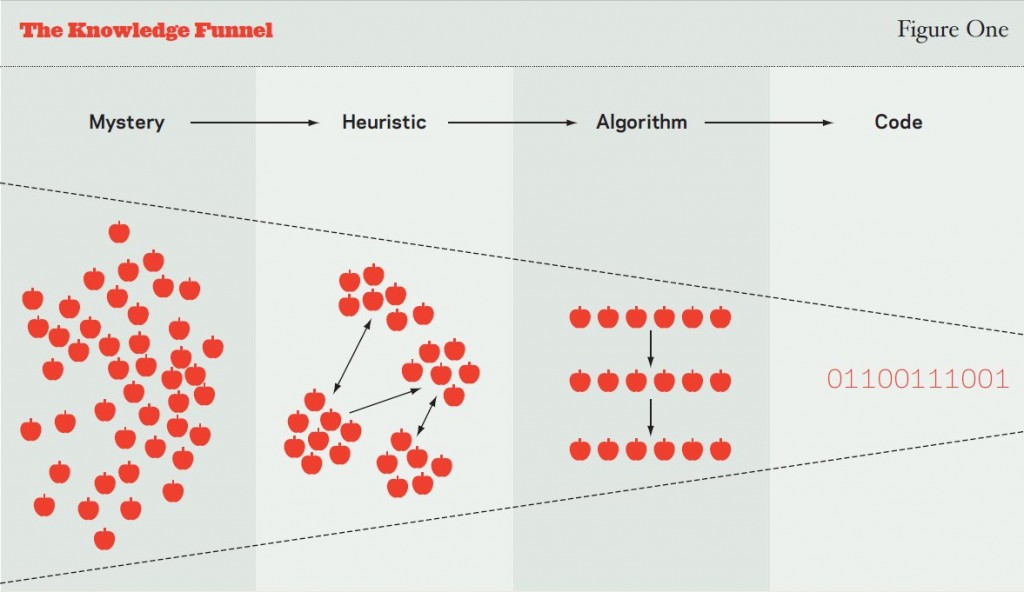
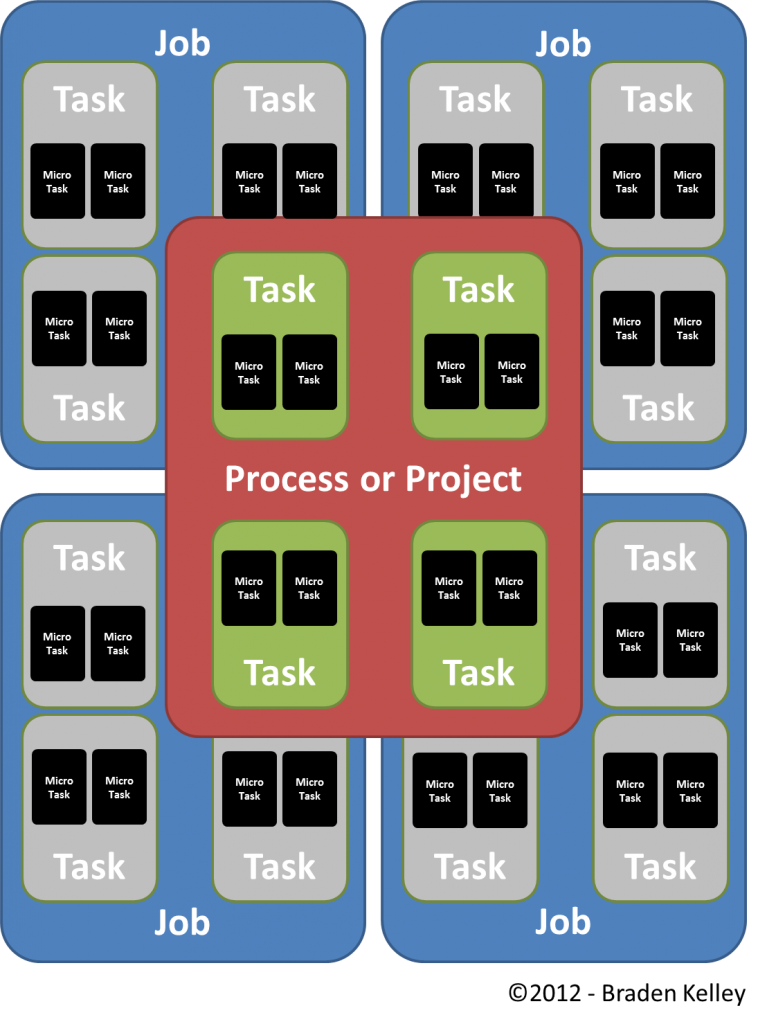

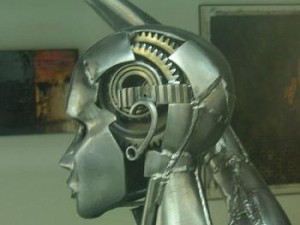 Rise of the Crowd
Rise of the Crowd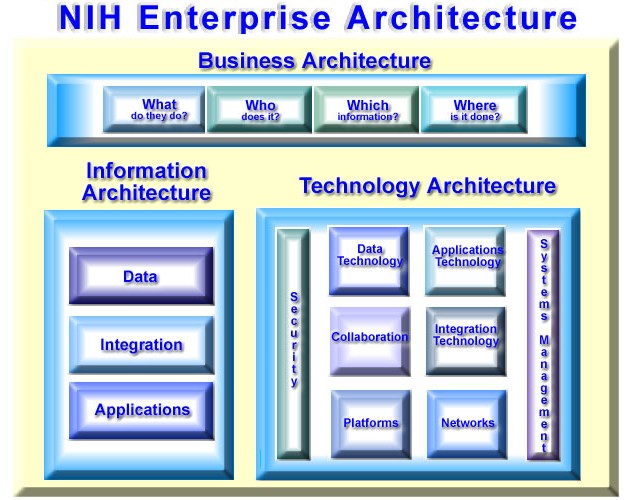
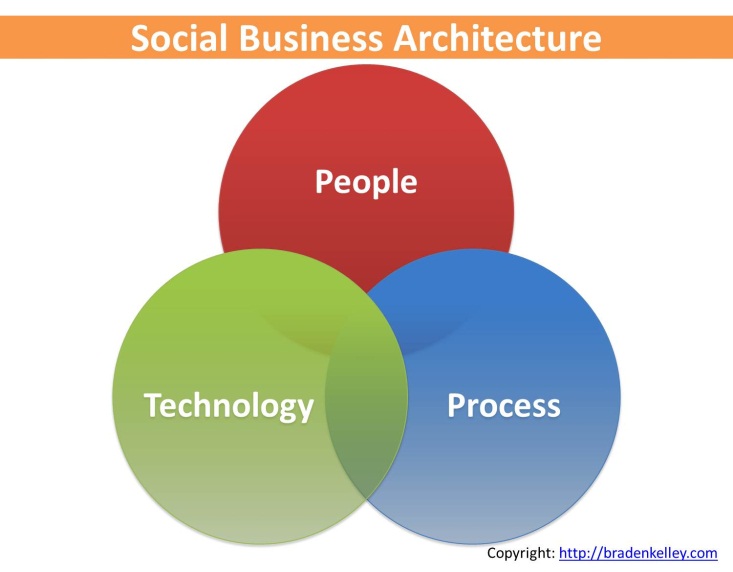

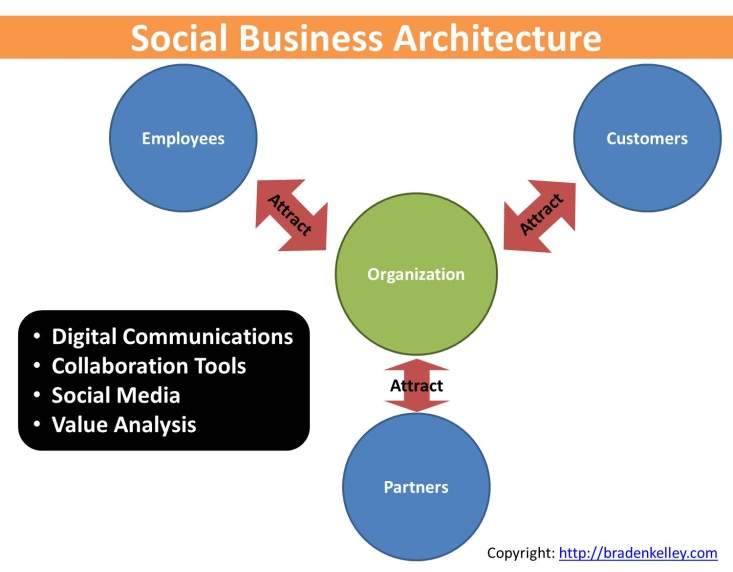
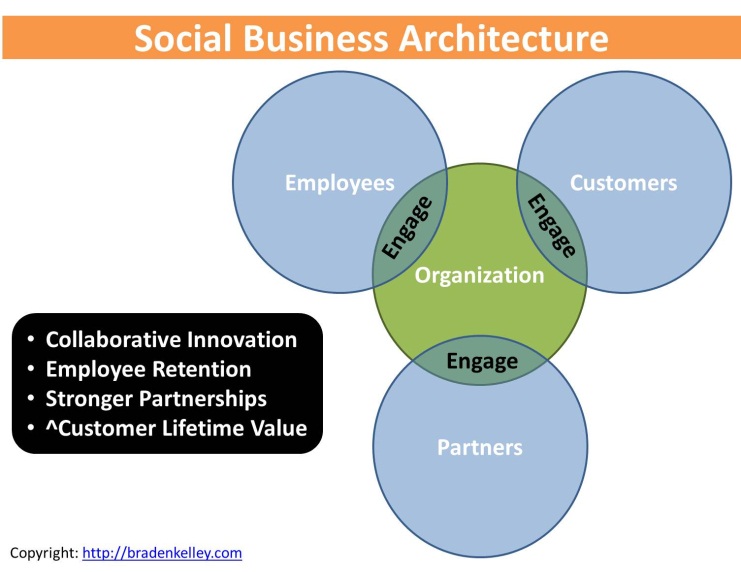

 Moving from The Design of Business to Redesigning Work
Moving from The Design of Business to Redesigning Work

 Old School vs. Old School
Old School vs. Old School All of this inventory has been tagged for individual sale and is there every day, just in case the person who wants that size, color, style, whatever, walks into the store ready to take it home today.
All of this inventory has been tagged for individual sale and is there every day, just in case the person who wants that size, color, style, whatever, walks into the store ready to take it home today. Apple Stores are a hybrid between the two. Accessories are out on the floor boxed for individual sale, while iMac and iBook computers, iPad tablets, and iPod mp3 players are all out of the box and display in droves for customers to try out and hopefully purchase. Then if they do, the box appears from the warehouse in the back.
Apple Stores are a hybrid between the two. Accessories are out on the floor boxed for individual sale, while iMac and iBook computers, iPad tablets, and iPod mp3 players are all out of the box and display in droves for customers to try out and hopefully purchase. Then if they do, the box appears from the warehouse in the back. This has led to the rise of what physical retailers rail against, the concept of showrooming. If you’re not familiar with what showrooming is, it is the pattern of behavior where potential customers come into a physical retail store, explore the product, try it on if necessary, and then leave the store and buy the product online from a competitor like Amazon.
This has led to the rise of what physical retailers rail against, the concept of showrooming. If you’re not familiar with what showrooming is, it is the pattern of behavior where potential customers come into a physical retail store, explore the product, try it on if necessary, and then leave the store and buy the product online from a competitor like Amazon.